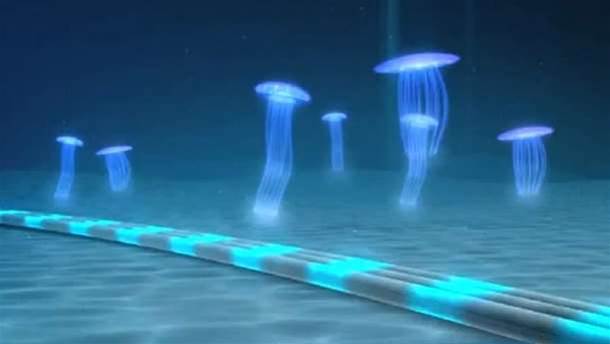Submarine cable builder SubPartners has switched to a consortium model for its Perth to Singapore subsea cable system and partnered with Telstra and SingTel to finally get the long-running project off the ground.

The APX-West project has been in motion for the past three years.
In 2013, Telstra signed its first non-binding memorandum of understanding to buy one of four planned fibre pairs on the cable system.
But SubPartners' previous plan to own and operate the cable system while allowing others to buy capacity saw it struggle to obtain seed funding to get the build started.
Over the past few years it has reworked its approach to a consortium model where each player provides funding for their portion of cable build and is responsible for the operation and maintenance of their section of the system once live.
This approach proved more successful and has now seen Telstra, Optus parent SingTel and several other unnamed parties sign up and invest in the cable's build. SubPartners will also own, operate and fund an undisclosed portion of APX-West.
It declined to provide the financial details of the arrangement.
But SubPartners CEO Bevan Slattery told iTnews funding levels would be proportionate to each player's respective capacity.
The cable build overall is expected to cost in excess of US$100 million.
"All the major players [will have] access to ownership economics at a fraction of the cost of private cable ownership," Slattery said in a statement.
"This is a unique commercial model for the Perth-Singapore route that will satisfy the ongoing bandwidth requirements of both network operators and internet content hosts.”
Slattery also said the growth of Singapore as a cloud and interconnection hub for the APAC region, combined with recent submarine cable outages and the lack of extra capacity on the existing SEA-ME-WE 3 cable had "crystalised the benefits" of APX-West.
"Ultimately the commercial construct, the reworked design and timing was right," he said.
With funding for the build secured, construction is scheduled to commence before July this year and be complete by 2018.
The cable system has been downgraded from four fibre pairs to two, with minimum capacity now planned at 20Tbps compared to an initial 32Tbps.
Slattery said the company was using new technology which allowed each individual party to "light" their own spectrum- "almost like 'virtual fibre pairs'", he said.
No more NextDC
APX-West will span 4500km from Perth to Singapore and carry two-way data transmission traffic. It will be built by United States cable layer TE Subcom.
SubPartners had previously said the APX-West cable system - alongside its APX-Central subsea cable connecting Perth to Sydney - would land in NextDC's P1 data centre in Perth.
But Slattery today revealed the cable system would no longer land at the NextDC facility.
He declined to provide further detail due to the "confidential" nature of the new landing location, but indicated the cable would terminate in facilities operated by Telstra, SingTel and SubPartners in both Singapore and Australia.
APX-West's main competitor will be the existing SEA-ME-WE 3 cable, which is the sole current data bridge between Perth and Singapore.
There are two further proposed builds by Vocus and NextGen and Huawei Marine Networks (ASSC-1), the latter which folded into Trident Subsea Cable's similar efforts in the region. Both projects have so far struggled to access funding for the builds.
Telstra in 2012 invested in a fibre pair on the ASSC-1 cable.


_(22).jpg&h=140&w=231&c=1&s=0)
_(20).jpg&h=140&w=231&c=1&s=0)





_(26).jpg&w=100&c=1&s=0)

 iTnews Executive Retreat - Security Leaders Edition
iTnews Executive Retreat - Security Leaders Edition












_(1).jpg&h=140&w=231&c=1&s=0)



